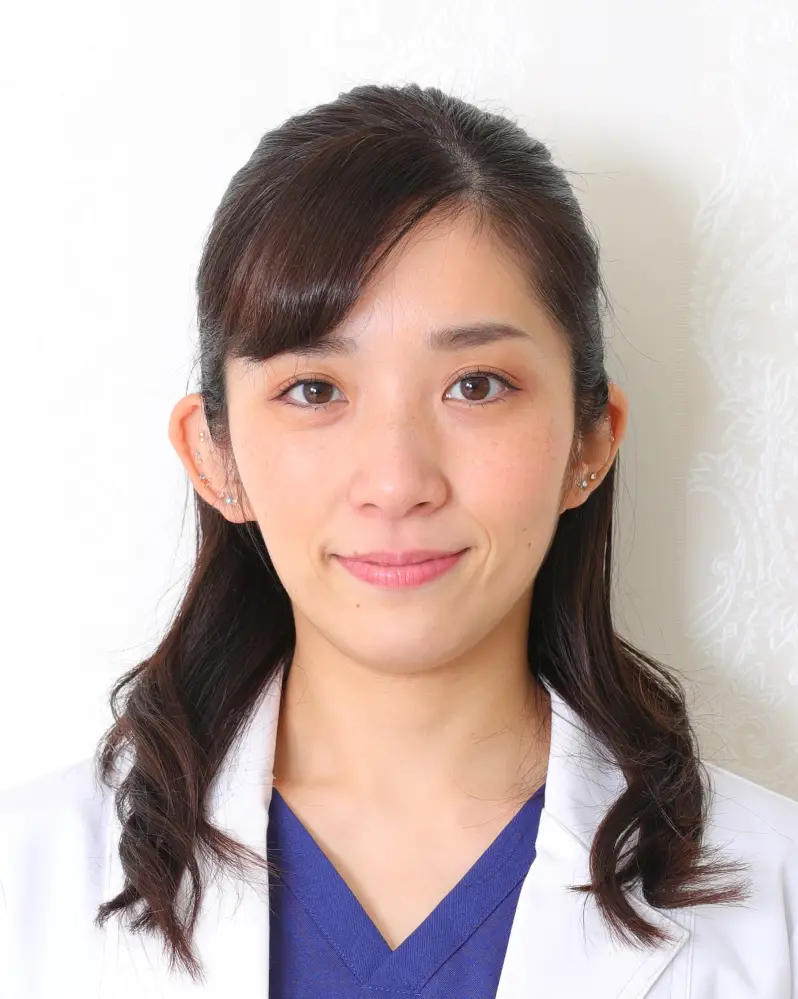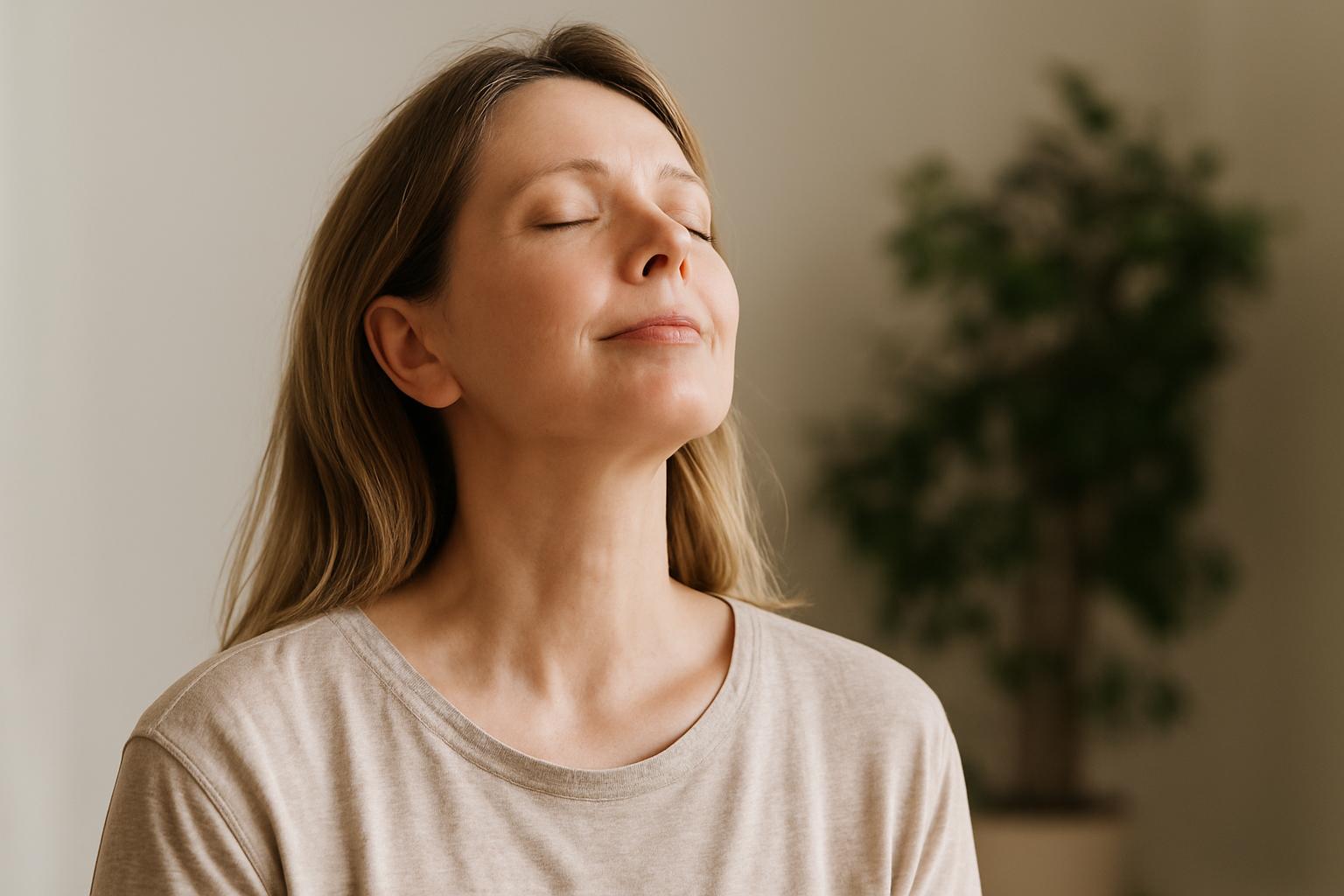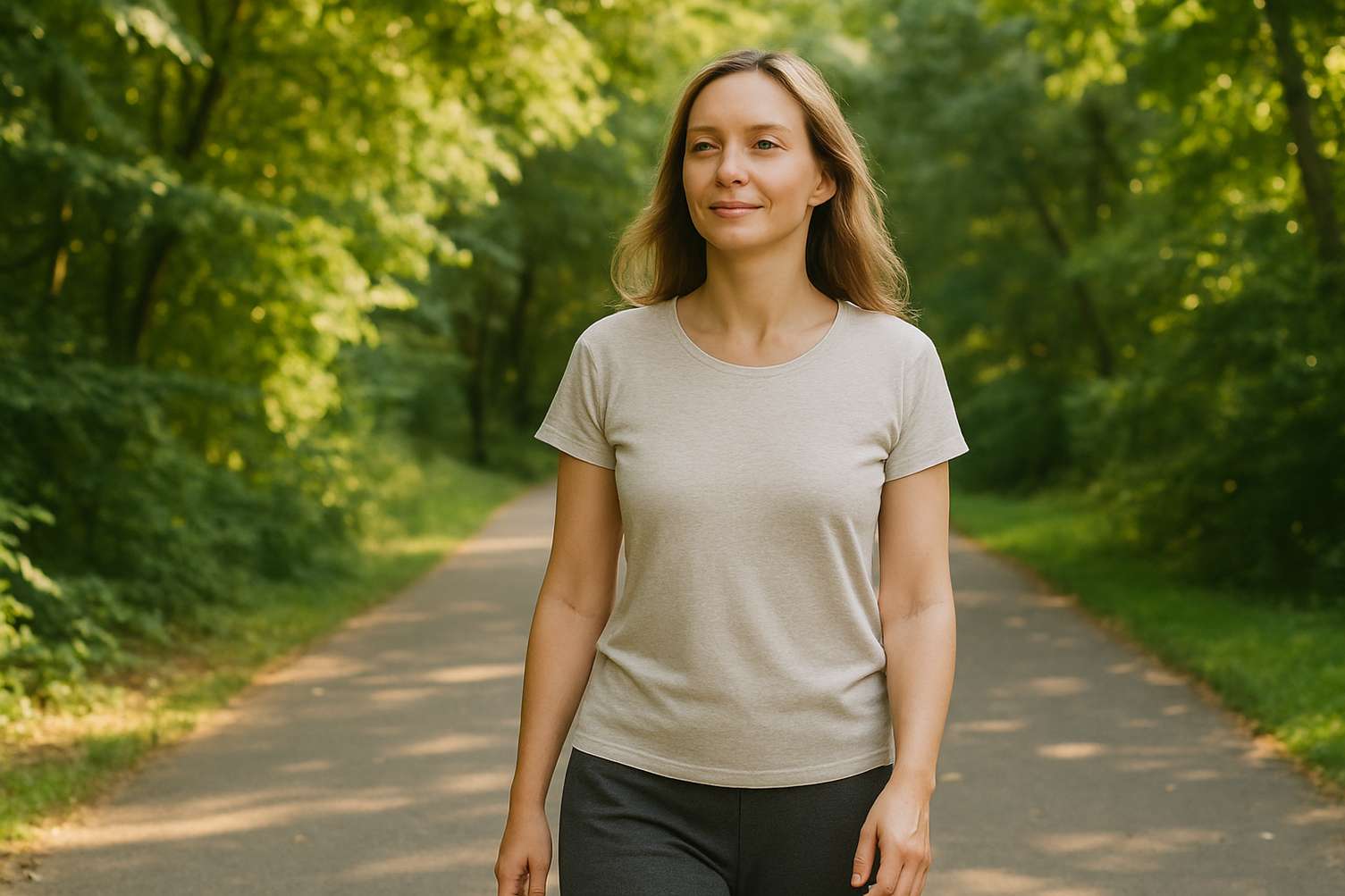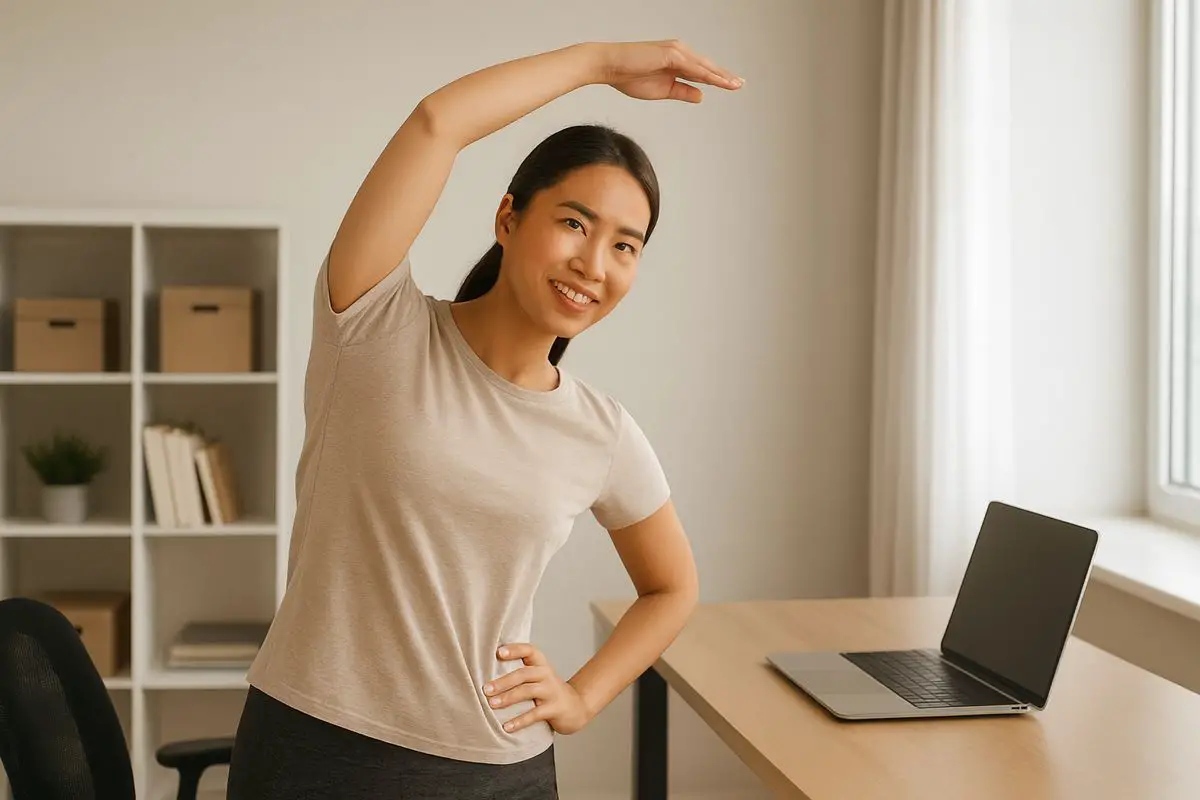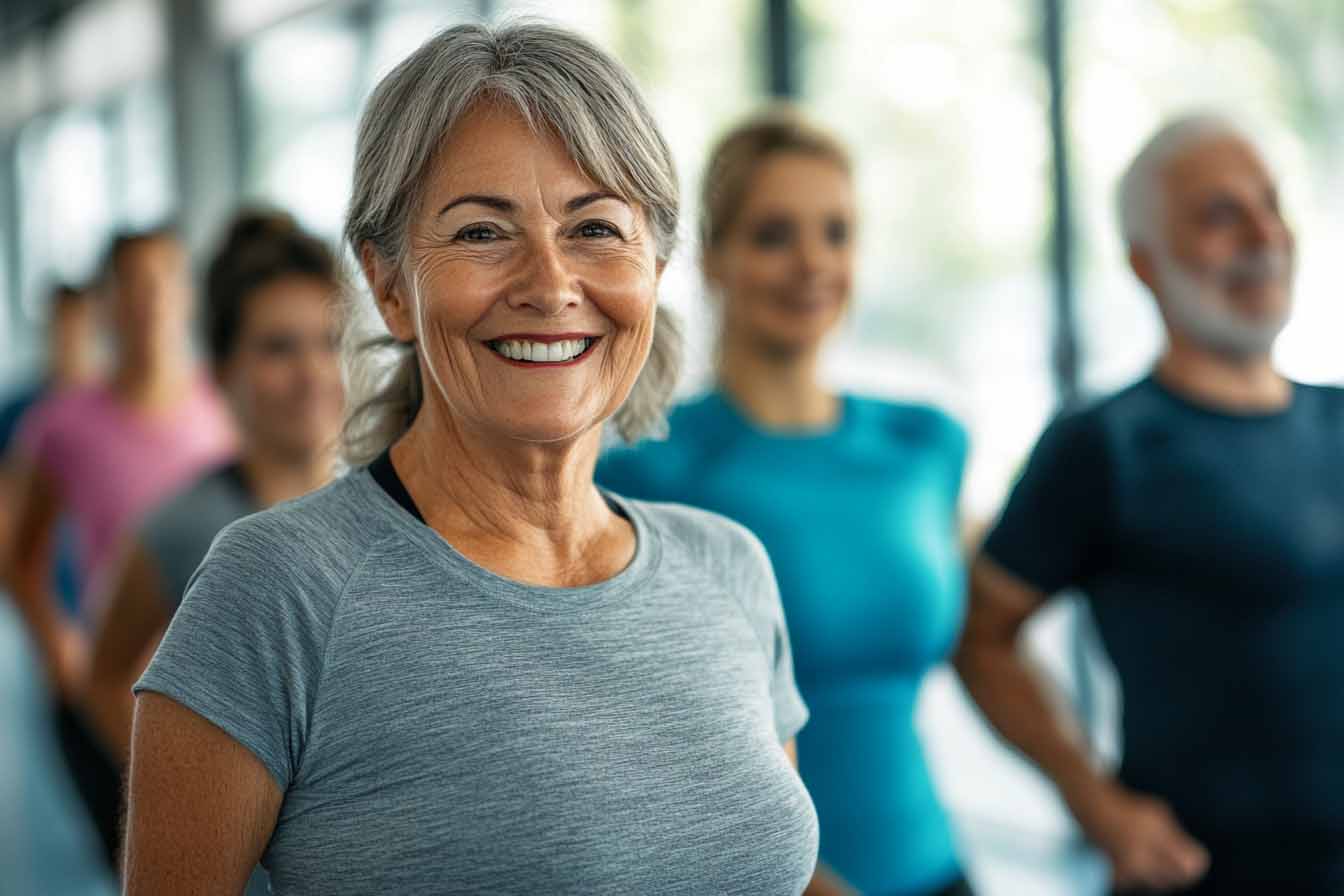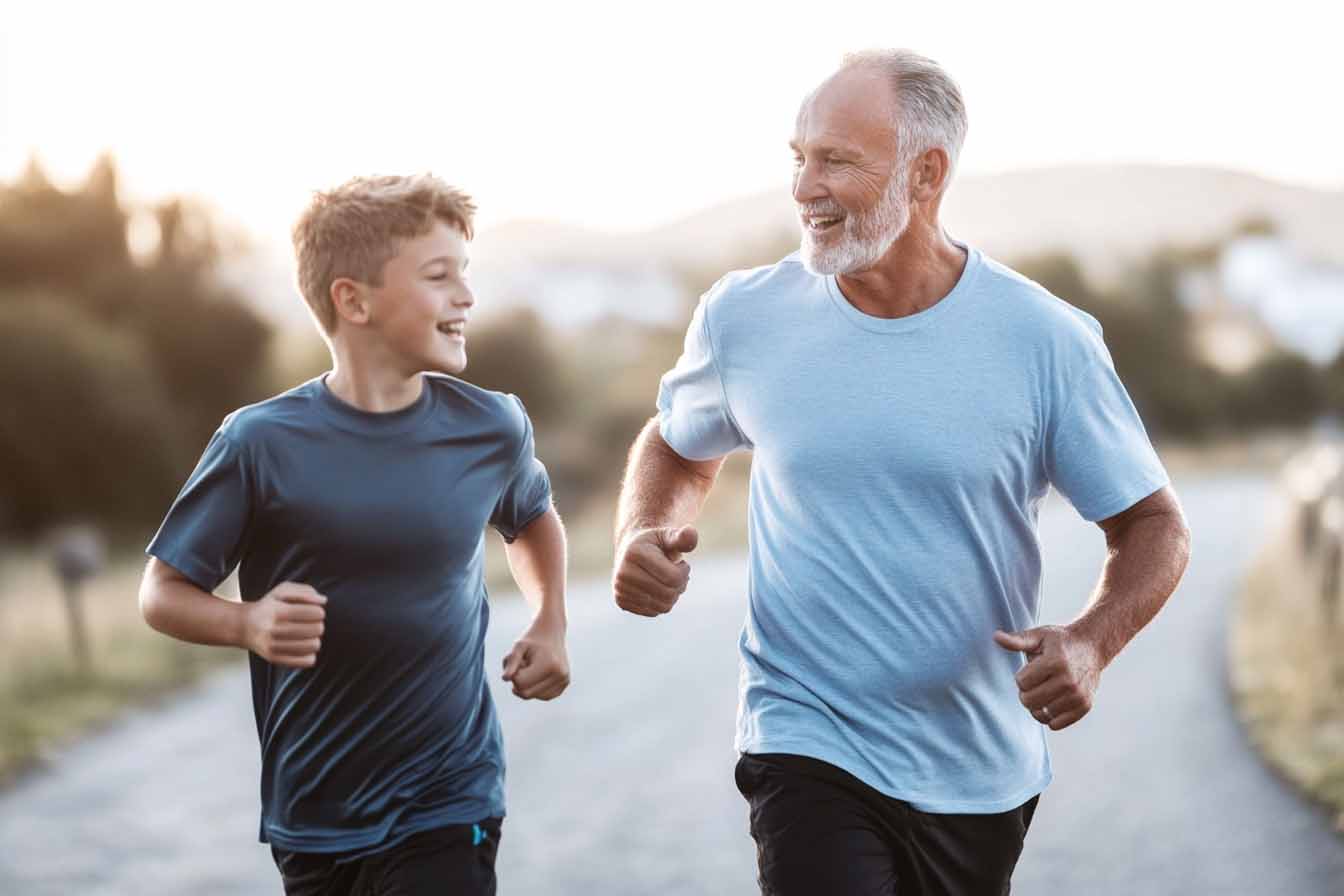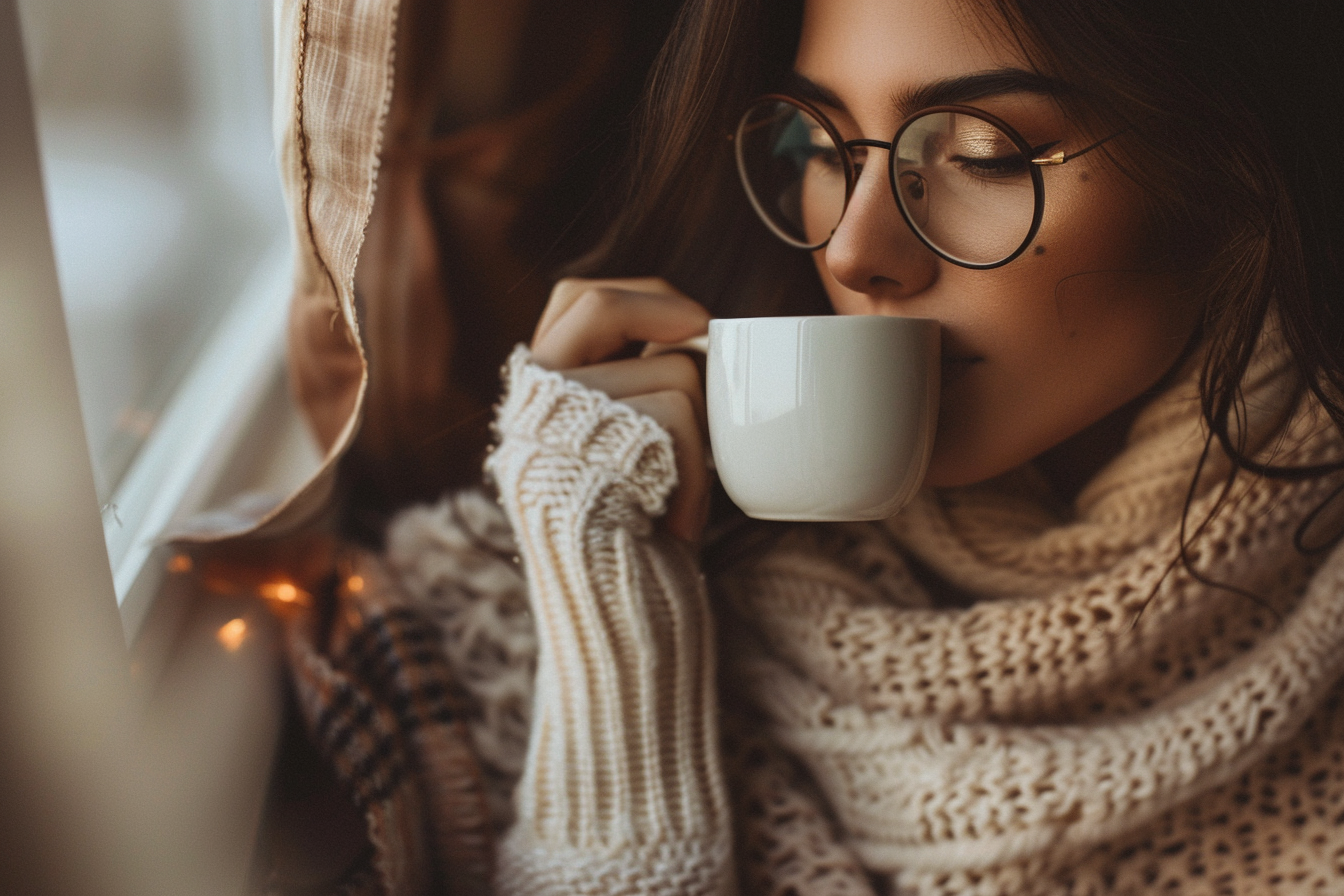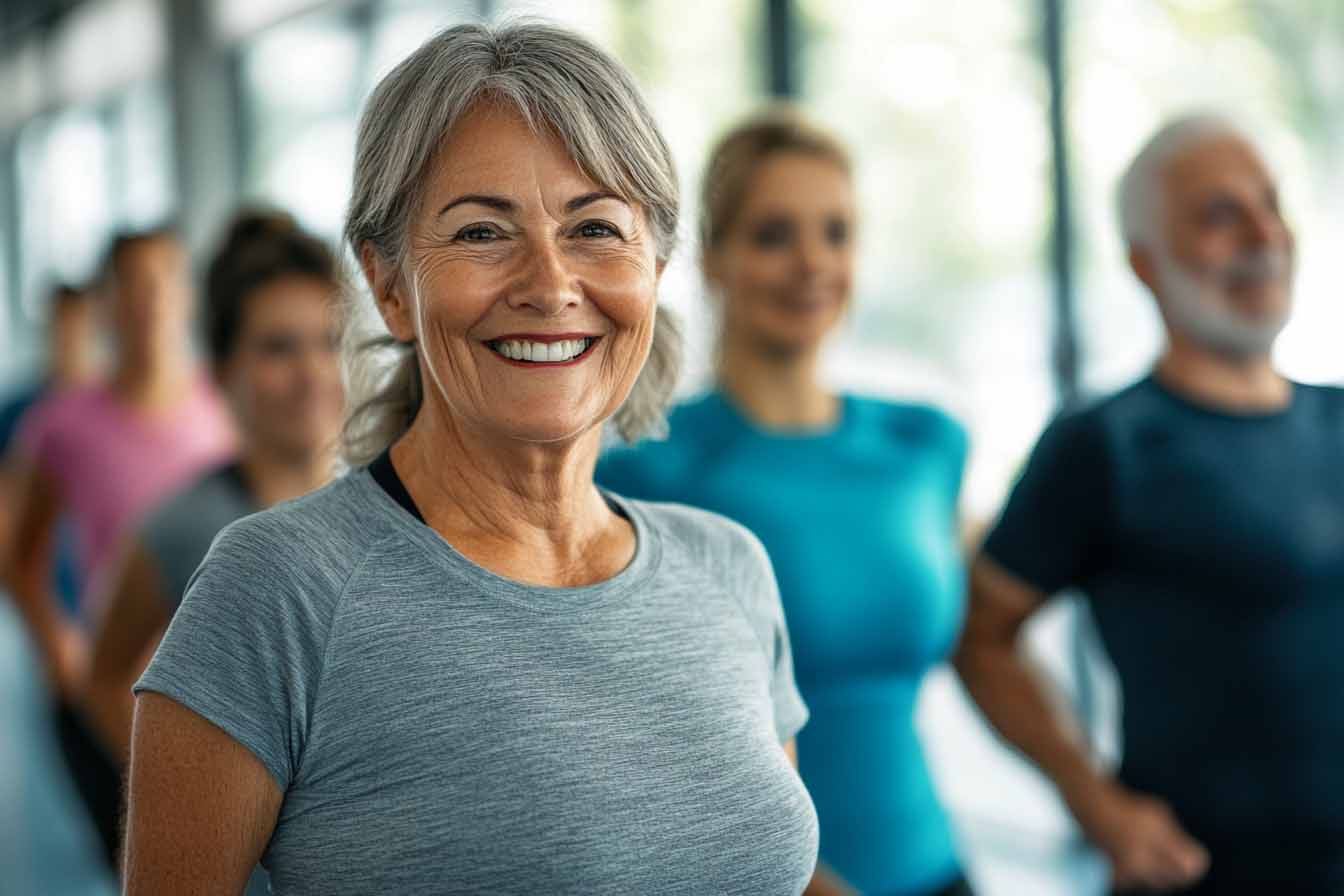Gua Sha Techniques for Soothing Joint Stiffness After Long Walks
If you’ve ever felt the stiffness and discomfort that can settle into your joints after a long walk, incorporating gua sha into your routine may offer significant relief. Gua sha, a Traditional Chinese Medicine (TCM) technique, uses gentle scraping motions on specific areas to help release tension, improve circulation, and reduce joint pain. After consulting with our expert Ms. Mai Sogawa, a certified TCM therapist, we’ve compiled effective gua sha techniques to prevent post-walk joint stiffness and promote better joint mobility. To understand more about gua sha and its broad health benefits, see our comprehensive guide to get started with this technique.
Here are five gua sha techniques that target areas on the lower body prone to stiffness after long walks.
Benefits of Gua Sha for Joint Pain Relief
The repetitive strain of walking, particularly over extended distances, can lead to muscle stiffness and joint discomfort. Gua sha helps alleviate this discomfort through several key mechanisms:
- Increases Circulation: Improves blood flow to affected areas, promoting faster recovery.
- Reduces Muscle Tension: Loosens tight muscles around the joints, which can decrease stiffness.
- Relieves Pain Naturally: By stimulating specific acupressure points, gua sha offers natural pain relief without medication.
Using gua sha for joint pain relief can be a highly effective way to keep your body feeling light and mobile after physical activity. Now, let’s dive into the specific techniques.
1. Top of the Foot
The top of the foot often becomes tight and sore from constant walking. To alleviate stiffness:
- How to do it: Stroke the gua sha tool gently from the base of your toes toward the ankle in a single direction.
- Tips: Apply only light pressure, as the skin on the top of the foot is thin and sensitive.
- Benefits: This technique relieves tension in the ligaments and small muscles in the foot, which helps improve flexibility and ease joint movement.

“Using cooled gua sha can add a refreshing element, especially for hot or swollen feet. However, as warmth generally helps reduce puffiness, try ending with a gentle, warming gua sha massage,” Ms. Mai Sogawa advises.
2. Ankle (Inside and Outside)
The ankle is a critical joint that can become stiff and sore after long periods of walking. Focusing on both the inside and outside of the ankle can provide comprehensive relief.
- How to do it: Move the gua sha tool back and forth between the ankle bone and Achilles tendon. After a few repetitions, stroke upwards from the ankle to the back of the knee.
- Tips: Use moderate pressure to help loosen tendons and ligaments around the ankle.
- Benefits: Improves blood flow through the ankle area and up the lower leg, aiding recovery and reducing stiffness in the joints and surrounding tissues.

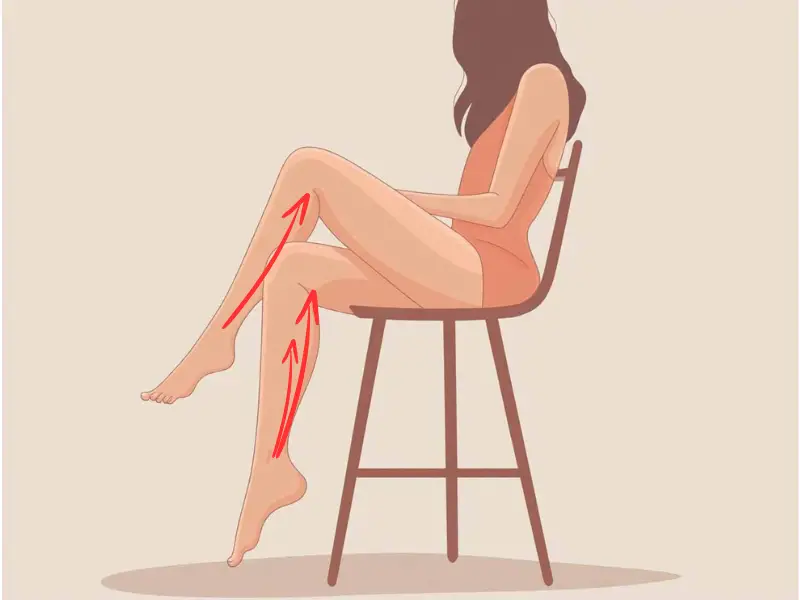
3. Front of the Ankle
This technique focuses on the front of the ankle joint, an area that can be prone to stiffness and limited mobility.
- How to do it: Place the tool on the front of the ankle and gently move it in a small zig-zag motion across the area.
- Tips: Keep your strokes light to avoid overstimulation.
- Benefits: This zig-zag technique releases tension in the muscles and tendons at the front of the ankle, making it easier to walk with a smooth, natural gait.

4. Outer Calf
The outer calf, specifically the tibialis anterior muscle, can feel sore after a long walk. Releasing tension in this area can benefit both the calf muscles and the knee joint.
- How to do it: Stroke from the outer front of the calf, starting from the ankle and moving upwards toward just below the knee.
- Tips: Use a slightly firmer pressure here as the muscles are thicker, but always work within your comfort zone.
- Benefits: Loosens up the tibialis anterior muscle, reducing pressure around the knee and ankle joints.
5. Back of the Calf
Focusing on the back of the calf is essential for reducing tension that can build up from prolonged walking, especially in the Achilles tendon and calf muscles.
- How to do it: Begin at the ankle and stroke upwards toward the back of the knee in one smooth motion.
- Tips: Use long strokes, with moderate pressure, but avoid excessive force to prevent irritation.
- Benefits: Enhances circulation and muscle relaxation, easing stiffness in the calf and reducing strain on the knee joint.

“For elderly individuals, it’s vital to use extra gentle pressure when performing gua sha to avoid skin damage,” says Ms. Mai. “A gentle vibrating motion is effective and safer for fragile skin and circulation issues.”
How to Get the Best Results from Gua Sha Techniques
While using these gua sha techniques, keep the following points in mind for optimal results:
- Repeat: Repeat each movement around 10 times for a balanced effect across the muscles and joints.
- Use Oil: Apply a small amount of body oil or balm to reduce friction on the skin.
- Stay Hydrated: Gua sha encourages lymphatic drainage, so drinking water afterward helps flush out toxins.
Gua sha offers a powerful and natural method for joint pain relief and can become a beneficial part of your post-walk recovery routine. Give these techniques a try after your next long walk and feel the difference in your joint mobility and comfort. For more guidance on gua sha methods, check out our in-depth article on incredible health hacks using gua sha.

Try our Anti-Aging Gua Sha Tool designed to bring out your skin’s natural glow.
Best Gua Sha Product- Anti-Aging: The tool is designed to target 11 specific aging signs such as wrinkles and sagging skin. By following the 7-step routine, users can improve skin firmness and reduce fine lines naturally.
- Enhances Skincare Routine: It works effectively with serums and lotions, boosting absorption and efficacy of skincare products.
- Visible Skin Improvement: Users can expect a smoother complexion, reduced puffiness, and a more youthful appearance.
 P. Sze
P. Sze 
